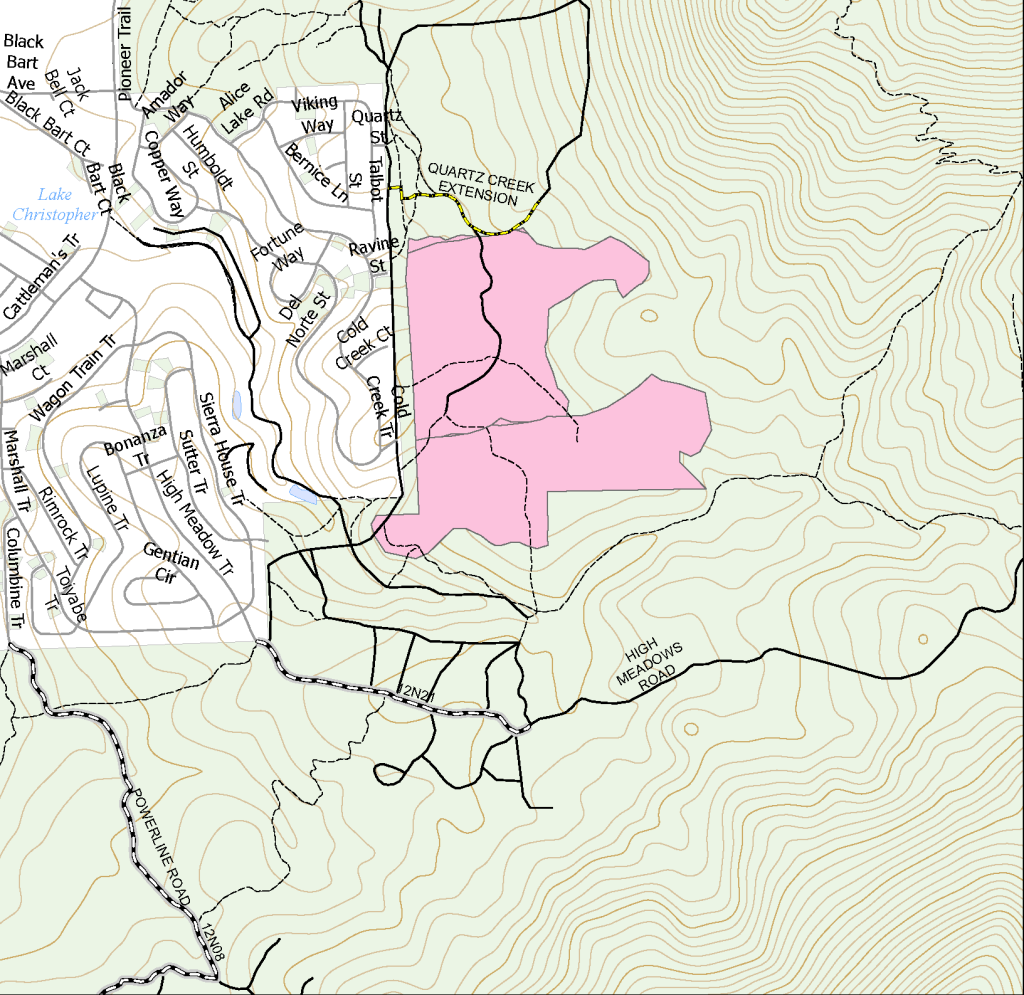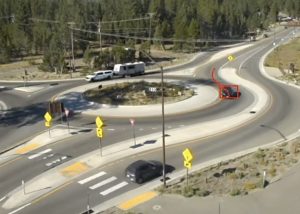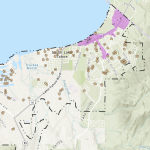Hazardous fuels reduction continues near Cold Creek
Dust From Mastication Treatments May Be Visible
SOUTH LAKE TAHOE, Calif. – Forest thinning and hazardous fuels reduction treatments are underway at the top of Cold Creek Trail near South Lake Tahoe. The project involves thinning of overly dense areas of the forest to improve forest health and reduce fuels by removing dead trees and ladder fuels. In addition to removing excess trees and biomass to reduce fuel loading, dead and downed debris are being masticated to help protect the neighborhood from future wildfire risk.
Community members should be aware that mastication treatments can create localized dusty conditions that can appear to be wildfire smoke. Although water trucks can be used to reduce dust impacts from vehicles traveling through the forest on dirt roads, watering is not feasible where mastication activities are taking place. Recent rains may help reduce localized dust impacts, but dusty conditions are likely to continue over the coming weeks.
Almost 140 acres have been treated in the area since May 2025 with 13 acres of thinning and approximately 35 acres of mastication to complete over the next several weeks. To protect sensitive wildlife in the area, the remaining 13 acres will be treated after Sep. 15. Hauling of logs and biomass from the area is ongoing with all work anticipated to be finished by Oct. 15.

When work is taking place, access to some areas may be disrupted temporarily. The public is reminded to be aware of project activity and keep a safe distance from equipment.
Tahoe Basin forests are overstocked and highly vulnerable to insects, disease, and wildfire. Hazardous fuels reduction treatments help reduce the risk of wildfire in areas near communities and neighborhoods by reducing ladder fuels and creating gaps between surface and crown fuels to keep fire on the ground.
These projects also complement defensible space and home hardening efforts on private property. They contribute to improved forest health, wildlife habitat, and watershed and forest resilience.
Short-term effects of forest thinning and mastication treatments may include changes to the appearance of forested areas. Treated areas may look disturbed immediately after treatment, when freshly chipped or masticated vegetation are more visually obvious. These areas recover quickly and improve ecologically as new vegetation growth occurs within a few years.

Support Local Journalism

Support Local Journalism
Readers around the Lake Tahoe Basin and beyond make the Tahoe Tribune's work possible. Your financial contribution supports our efforts to deliver quality, locally relevant journalism.
Now more than ever, your support is critical to help us keep our community informed about the evolving coronavirus pandemic and the impact it is having locally. Every contribution, however large or small, will make a difference.
Your donation will help us continue to cover COVID-19 and our other vital local news.











